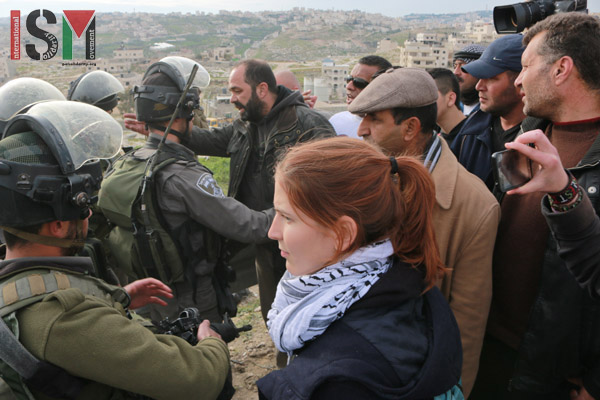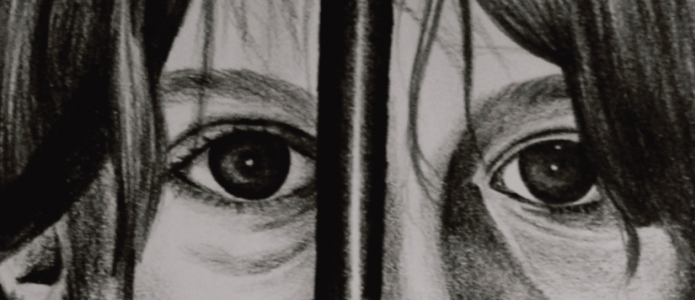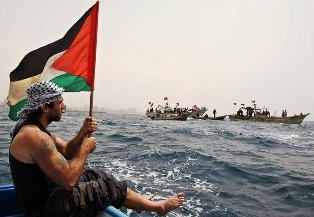Tag: Gaza
-
Join The Resistance! Join the International Solidarity Movement in Palestine
In recent months activists on the ground have witnessed an escalation of violence directed at Palestinians. There is an urgent need for international volunteers to support grassroots, non-violent Palestinian popular resistance to the Israeli Occupation.
-
Imprisoned Voices: corporate complicity in the Israeli prison system
20th April 2015 | Corporate Watch | This briefing was published on 17 April 2015 to coincide with the annual day of solidarity with Palestinian prisoners. It collects the memories of the pain, suffering and resilience of Palestinians who have been imprisoned by Israel. In 2013, Corporate Watch visited the West Bank and Gaza Strip and…
-
Four years ago we lost Vik
“History is us. History is not cowardly governments with their loyalty to whoever has the strongest military History is made by ordinary people everyday people, with family at home and a regular job who are committed to peace as a great ideal to the rights of all to staying human. History is us who risked…



